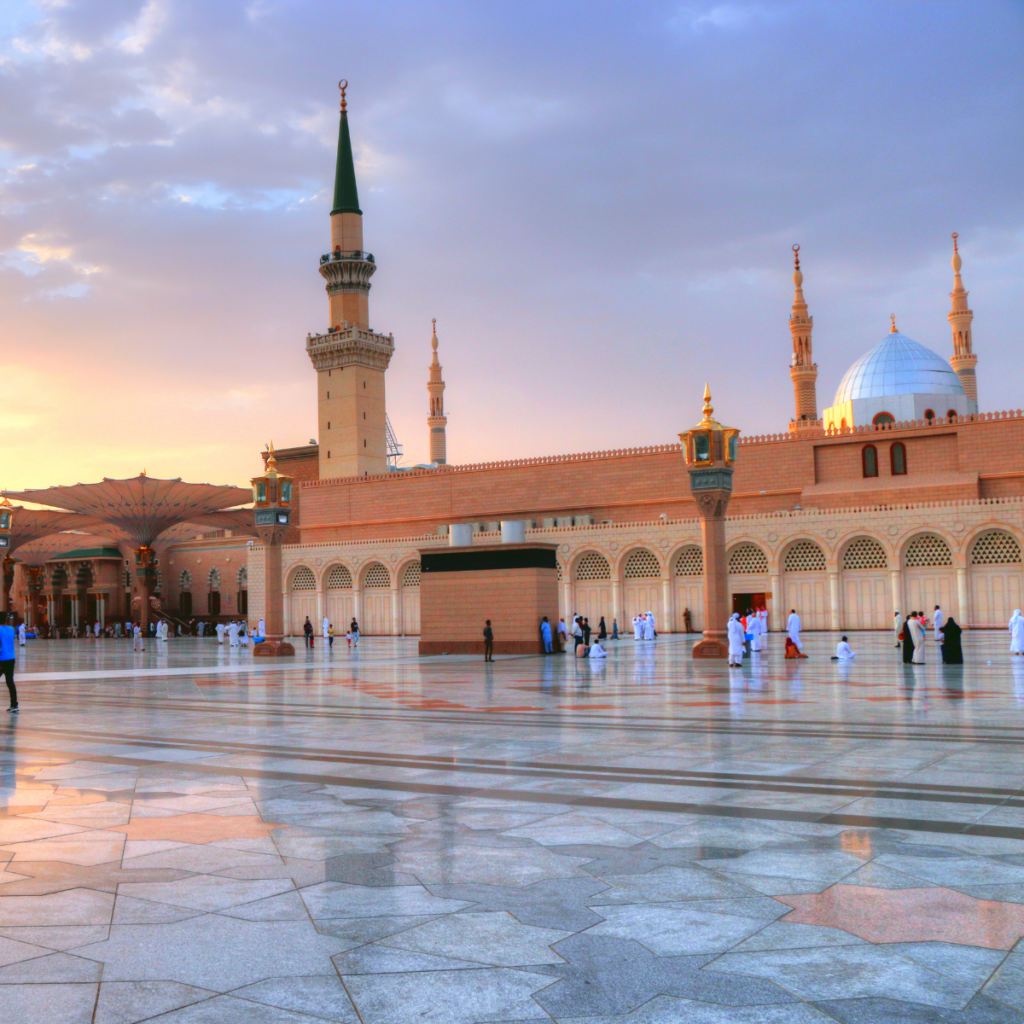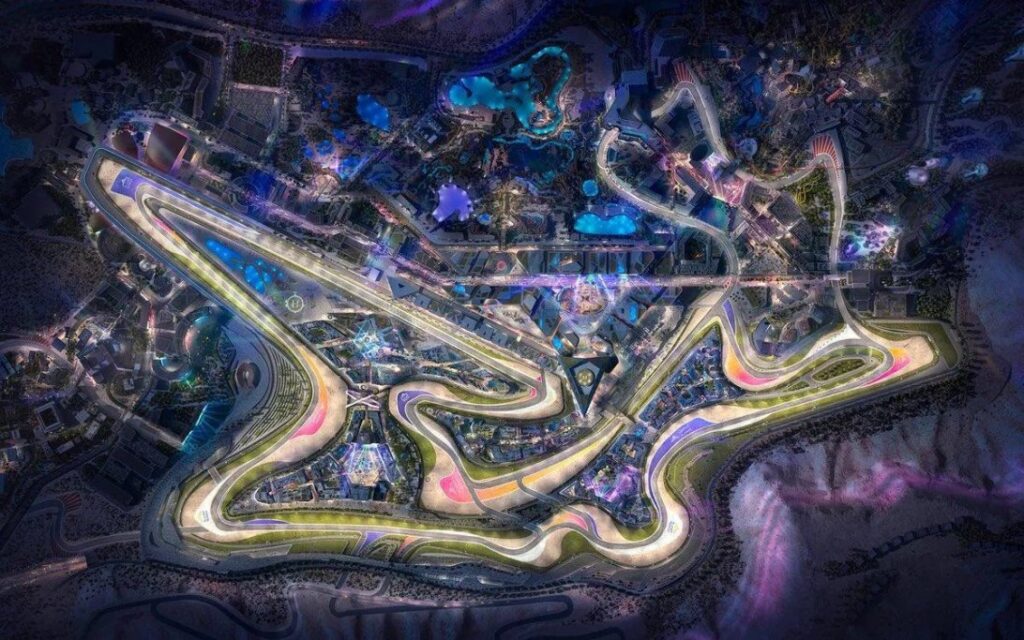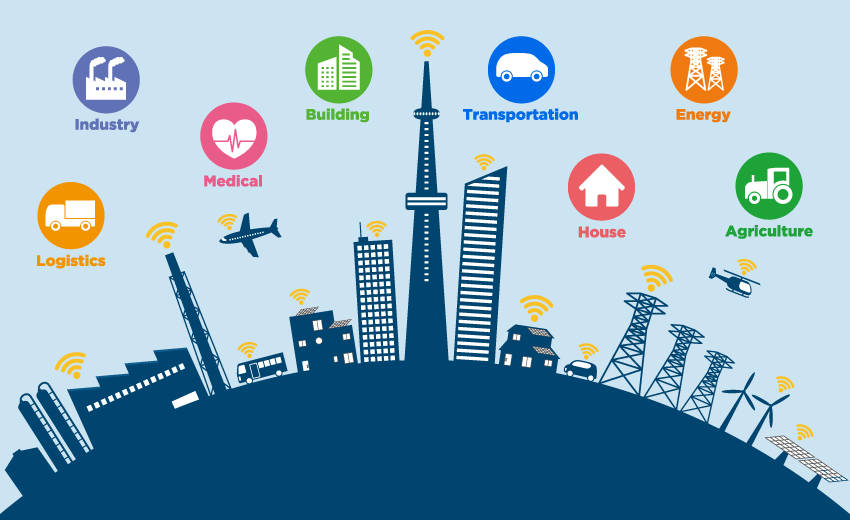As urbanization accelerates across the Gulf and the world, cities are rapidly adopting innovative solutions to become smarter, more sustainable, and more connected. At the heart of this evolution are the smart city trends that will shape Saudi Arabia and neighboring regions throughout 2025 and beyond.
Whether it’s about optimizing energy, improving transportation, or enhancing citizen services, the future of urban life is being defined today. Below, we explore the key trends driving this transformation.
1. Artificial Intelligence in Urban Governance
AI is no longer a buzzword—it’s becoming a core part of smart city infrastructure.
Predictive Services and City Management
Artificial Intelligence enables predictive analytics in areas like energy usage, traffic flow, and emergency services. In Saudi cities, AI is being used to automate administrative services and enhance the delivery of healthcare and public safety solutions.
Ethical AI and Data Governance
With great data comes great responsibility. Ethical AI development and data privacy are growing concerns, prompting cities to establish clearer data governance policies, especially in public surveillance and citizen records.
2. Expansion of Urban IoT Networks
Connected devices are the backbone of any smart city. IoT (Internet of Things) is powering everything from streetlights to waste bins.
Real-Time Data for Real-World Efficiency
IoT sensors are being deployed at scale to gather real-time information that enables better decision-making in urban environments. For example, smart parking systems are helping reduce congestion in high-traffic areas of Riyadh and Jeddah.
Cross-Sector Integration
From environmental monitoring to infrastructure maintenance, IoT platforms are increasingly integrating multiple verticals, streamlining operations while minimizing response time and resource waste.
3. Climate Resilience and Sustainability
Among the most vital smart city trends, environmental sustainability is a strategic focus across the region.
Smart Energy and Water Systems
Smart grids, solar integration, and advanced water management technologies are becoming essential to sustainable city planning. These systems help cities reduce carbon emissions and efficiently manage scarce resources.
Urban Greening and Eco-Infrastructure
Smart cities are incorporating vertical gardens, green roofs, and intelligent irrigation systems to combat the heat island effect and improve urban air quality.
4. Mobility-as-a-Service (MaaS) and Smart Transport
Efficient transportation is at the heart of smart city development.
Integrated and On-Demand Transport Systems
New platforms offer real-time, multimodal transport solutions, allowing citizens to switch between metro, bus, and shared mobility seamlessly. This improves efficiency and reduces urban congestion.
Autonomous and Electric Vehicles
Saudi Arabia is investing heavily in electric vehicle (EV) infrastructure. The rise of autonomous public transport and EV fleets will redefine how people move around cities in the coming years.
5. Citizen-Centric Smart Services
Technology is only effective when it benefits people directly.
Digital ID and E-Government
The integration of digital ID systems and mobile-based public services is enhancing accessibility and transparency. From renewing licenses to accessing healthcare, smart platforms are streamlining everyday tasks.
Participatory Urban Planning
Cities are now involving residents in decision-making processes via digital platforms, fostering trust and co-creation. This bottom-up approach ensures that smart solutions truly reflect citizens’ needs.
Conclusion
The smart city trends defining Saudi Arabia and the broader region in 2025 are reshaping how we live, move, and interact with our surroundings. With AI, IoT, sustainability, mobility, and citizen engagement at the core, cities are transitioning into more adaptive, resilient, and intelligent spaces.
Organizations like MTi Arabia play a pivotal role in turning this vision into reality—by building value ecosystems, developing integrated solutions, and connecting clients with world-class technologies that support smarter urban futures. Explore how MTi Arabia can help you leverage these trends to revolutionize your city. Contact us here.



